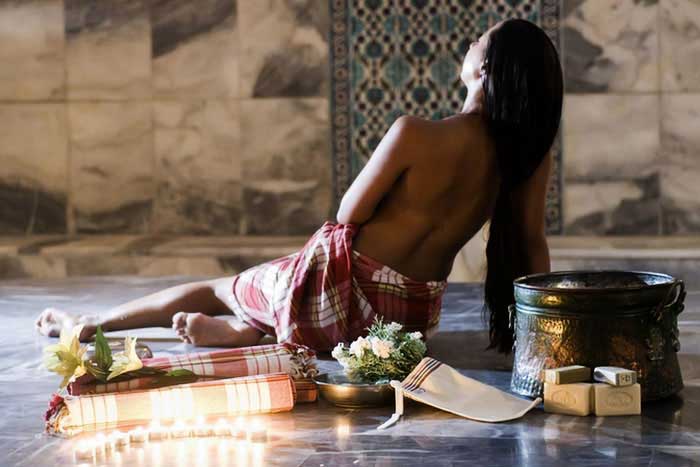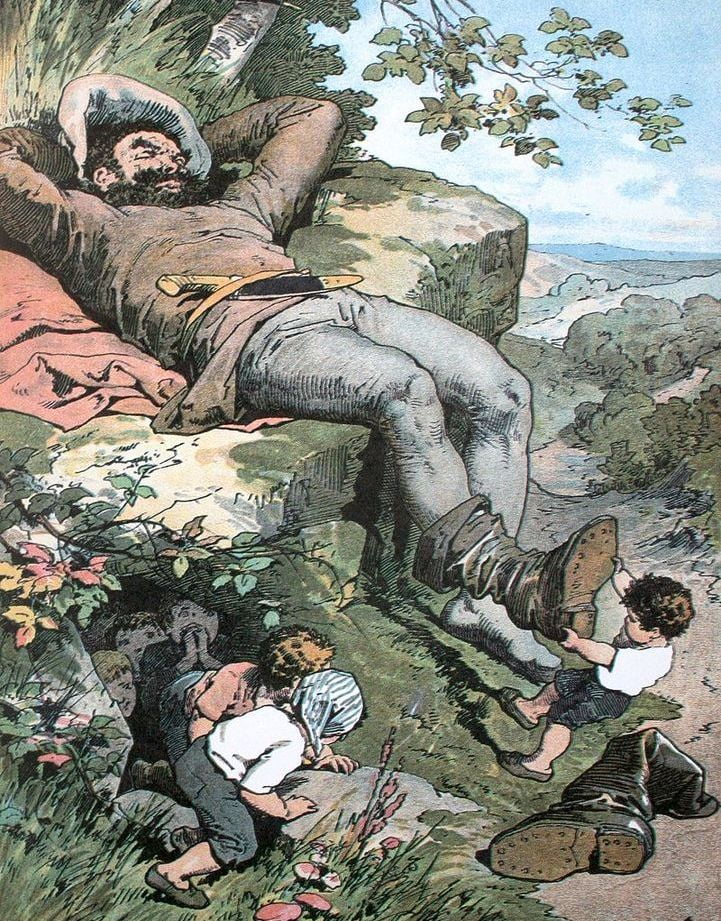Treat your skin with the delights of the oriental spa centre
Tour Guide Istanbul –customized Istanbul city tour and the joy of hamam.
“Whoever goes to the bath on forty consecutive Wednesdays will succeed at anything they do”, an old adage claims. It was believed in the past that hamams not only meant pleasure to the bather, but also brought luck.
It is unthinkable for a visitor in Istanbul to miss out on such an experience as the Turkish bath. Along with its breathtaking scenery and historical significance, Istanbul is lucky to be graced with a large number of historical Turkish baths that date back to the Ottoman Empire customized istanbul city tour.
Like many things in Turkish culture, hamam dates back to the Ottoman Empire. However, when you get a closer look at the history of Turkish baths, you would realize how much they resemble the ‘spreader of warmth’ (as hamam means in Arabic) of their predecessors, Byzantine Greeks and Romans. Also in Ephesus, you can be convinced of the resemblance with Ephesus tours guide.
Turkish baths combine the traditions of Roman and Byzantine
Turkish baths combine the traditions of Roman and Byzantine thermal baths with Central Asian steam bathing and cleansing rituals. With their arrival to Turkey, Muslims brought their own bathing customs. These, inevitably, mingled together and Turkish baths, or hamams were created. They had three basic functions: a place for social gathering; ritual cleansing connected to the Muslim faith (it required spiritual and physical cleansing); and an architectural witness to the sultan’s greatness, power and wealth. The function of private tour Istanbul is to bring joy and entertainment whether taking the visitors of Istanbul to hamam or on a sightseeing tour around the city with Tour Guide Istanbul tour guide istanbul.
Compare to the Greek baths
Compared to the Greek baths, the hamams of Islam are smaller and more modest. It is known that Arabs built versions of Greek-Roman baths which they encountered upon their conquest of Alexandria in 641. It was believed that the heat of the hamam enhanced the fertility. Soon these ‘sweat baths’ or ‘spreader of warmth’ became really important in religious aspect and hamams were built as annex to mosques. As the Islamic faith spread, so did hamams. They were one of the places in Islam that stayed open from early morning till late night and sometimes longer. From the 10th century Turkish kingdoms began to appear in Anatolia in lands which were already in the authority of Byzantine Greeks. That eventually led to the complete conquering of the old empire in the 15th century. The new Ottoman Empire showed its face to the world.








